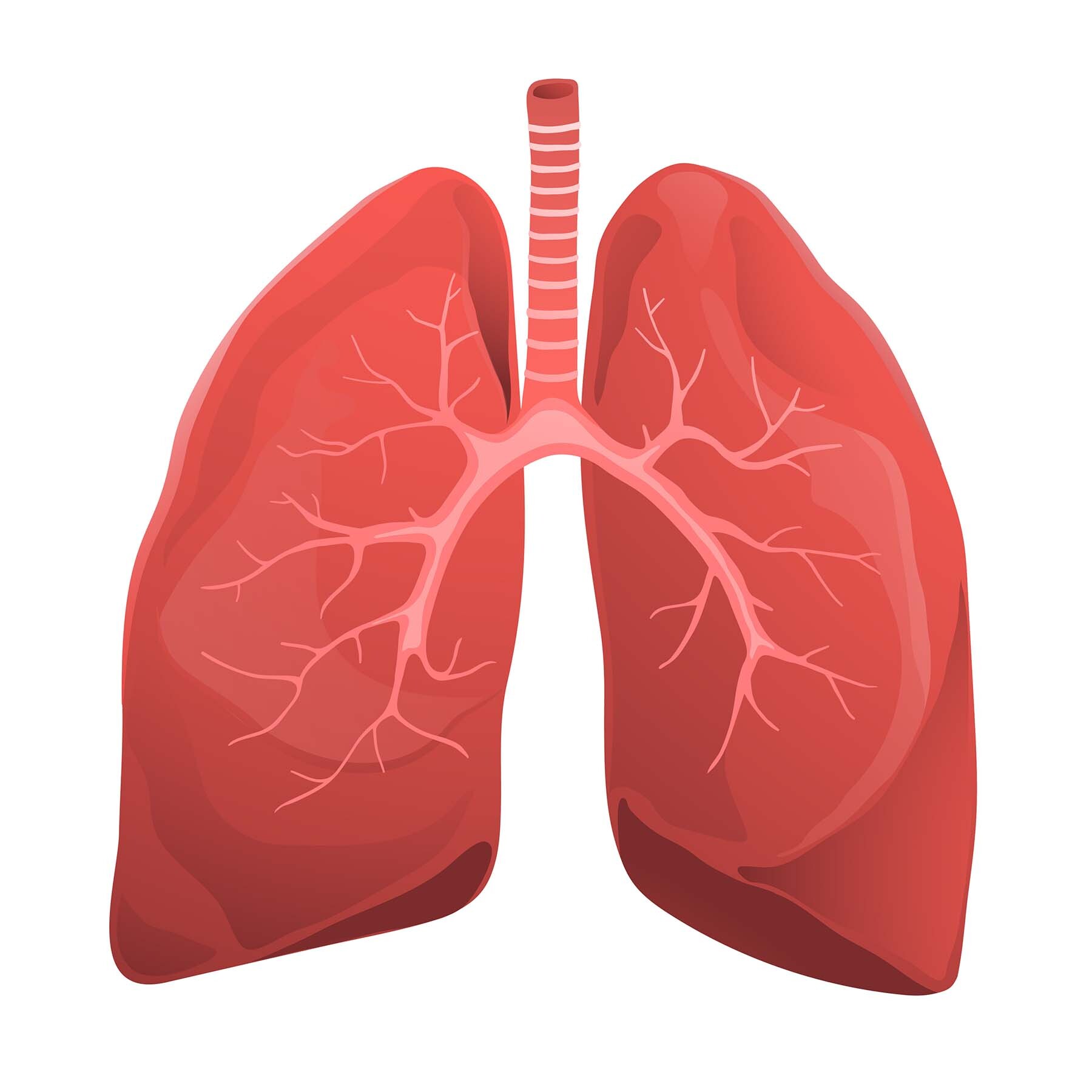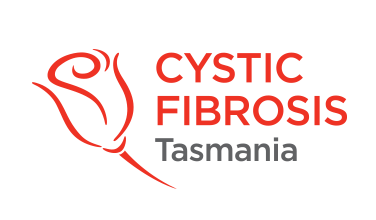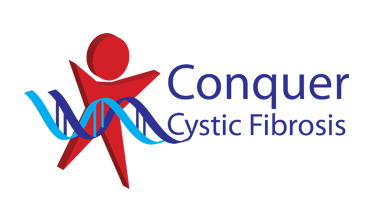Your lungs and how CF affects them
The lungs have a number of jobs:
- To breathe in – to get oxygen from the air we breathe, it into our blood.
- To breathe out – to get carbon dioxide (waste) out of the body.

When we breathe, air travels through the windpipe (trachea) down the stem of the airways (bronchi), ending at tiny, grape-shaped air sacs (alveoli). These tiny air sacs expand and relax every time we breathe. A layer of liquid and small hairs called cilia line the windpipe and airways. The job of cilia is to move germs and dust out of the lungs. Imagine the cilia are normally like seaweed in a crystal-clear pool (we call the clear pool the airway surface liquid).
In CF, because the salt and water are not moving correctly, the liquid in the airways then becomes thick and sticky. Imagine the crystal-clear pool does not have as much water, it is no longer so clear, it contains sludge. The decreased amount of water and its increased thickness means that the little pieces of seaweed (cilia) have trouble moving and it is now difficult to clean out and remove any germs or dust.
Germs or bacteria can get trapped. If the germs or bacteria stay in the lungs it can lead to inflammation or swelling, and infection. Without treatment, this can lead to long term lung damage, which may be referred to as scarring or bronchiectasis.
Click on the lungs and airway below to learn more about these parts of your body.

Trachea: otherwise known as our windpipe. The trachea branches off into the bronchi, bronchioles and the alveoli.
1 of 4Left primary bronchus: this branches off into the bronchial tree. Try to imagine an upside-down tree with branches getting smaller and smaller as you move further down the tree.
2 of 4Bronchioles and alveoli: The bronchioles, airways, are lined with cilia, hair-like structures that help move the secretions in the lungs. The alveoli are sac-like structures. Try to imagine a bunch of grapes at the end of the branch in the tree. These air-filled structures are responsible for the exchange of oxygen and carbon dioxide.
3 of 4Pleura: a membrane (two layers) that covers the lungs and helps to protect the lungs within the rib cage and chest wall. The inner layer is attached to the lung, the outer layer is attached to the chest wall.
4 of 4
Cilia: fine hair-like structures that are present in the trachea and the bronchi. Imagine the kelp in the ocean as it moves backward and forwards with the waves. Your cilia beat backward and forward to help move the airway surface liquid out of the airways, capturing any bacteria, dust, and other foreign particles and moving them out of the lungs.
1 of 3Thick sticky secretions: in CF airways the airway surface becomes dehydrated, and the cilia are unable to beat effectively. Bacteria then remain in the airways causing infection and inflammation. Thick sticky secretions continue to form and become harder to move out causing damage to the lungs.
2 of 3 Bronchi: these are the airways in your lungs that physiotherapy techniques can help to keep healthy. Using inhalation therapy to hydrate the airways, and airway clearance/exercise techniques to optimise airflow and secretion clearance in the airways. 3 of 3








